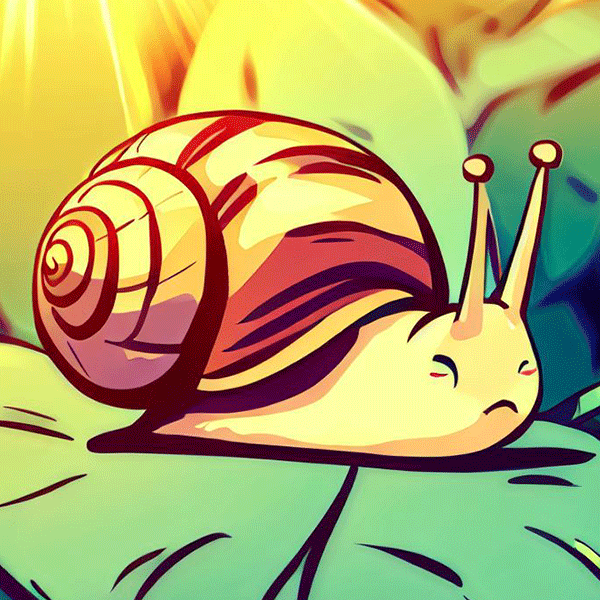What are Invertebrates?
Invertebrates are animals that do not have a backbone or spinal column. That’s right, they don’t have bones like you and me. In fact, most of the animals in the world are invertebrates. From tiny creatures like ants and spiders to larger ones like octopuses and starfish, invertebrates are everywhere!
Different Types of Invertebrates
Invertebrates can be found in almost all habitats, from the deepest oceans to the highest mountains. They come in many shapes, sizes, and types. Let’s look at a few of them:
- Insects: These are the largest group of invertebrates. They have six legs and usually two pairs of wings. Bees, butterflies, and ants are all insects.
- Arachnids: These invertebrates have eight legs. Spiders, scorpions, and ticks are arachnids.
- Mollusks: These invertebrates often have a soft body and sometimes a hard shell. Snails, clams, and octopuses are all mollusks.
- Crustaceans: These are mostly water-dwelling invertebrates with hard shells. Crabs, lobsters, and shrimps are crustaceans.
- Echinoderms: These sea-dwelling invertebrates usually have five-point radial symmetry, which means their body parts are arranged around a central axis. Starfish and sea urchins are echinoderms.
Why are Invertebrates Important?
Invertebrates play vital roles in our ecosystems. They help pollinate flowers, decompose organic material, and serve as a food source for other animals. Without invertebrates, our world would be very different!
The next time you see a butterfly fluttering by or a snail slowly moving along, remember – they’re a part of the incredible invertebrate family!
